Foundation Year
The English curriculum is built around the three interrelated strands of language, literature and literacy. Teaching and learning programs should balance and integrate all three strands. Together, the three strands focus on developing students' knowledge, understanding and skills in listening, reading, viewing, speaking, writing and creating. Learning in English builds on concepts, skills and processes developed in earlier years, and teachers will develop and strengthen these as needed.
In the Foundation year, students communicate with peers, teachers, known adults and students from other classes.
Students engage with a variety of texts for enjoyment. They listen to, read and view spoken, written and multimodal texts in which the primary purpose is to entertain, as well as some texts designed to inform. These include traditional oral texts, picture books, various types of stories, rhyming verse, poetry, non-fiction, film, multimodal texts and dramatic performances. They participate in shared reading, viewing and storytelling using a range of literary texts, and recognise the entertaining nature of literature.
The range of literary texts for Foundation to Year 10 comprises Australian literature, including the oral narrative traditions of Aboriginal and Torres Strait Islander Peoples, as well as the contemporary literature of these two cultural groups, and classic and contemporary world literature, including texts from and about Asia. Literary texts that support and extend Foundation students as beginner readers include decodable and predictable texts that range from caption books to books with one or more sentences per page. These texts involve straightforward sequences of events and everyday happenings with recognisable, realistic or imaginary characters. Informative texts present a small amount of new content about familiar topics of interest; a small range of language features, including simple and compound sentences; mostly familiar vocabulary, known, high-frequency words and single-syllable words that can be decoded phonically, and illustrations that strongly support the printed text.
Students create a range of imaginative, informative and persuasive texts including pictorial representations, short statements, performances, recounts and poetry.
(source: www.australiancurriculum.edu.au)
Achievement Standard
Receptive modes (listening, reading and viewing)
By the end of the Foundation year, students use predicting and questioning strategies to make meaning from texts. They recall one or two events from texts with familiar topics. They understand that there are different types of texts and that these can have similar characteristics. They identify connections between texts and their personal experience.
They read short, decodable and predictable texts with familiar vocabulary and supportive images, drawing on their developing knowledge of concepts of print, sounds and letters and decoding and self-monitoring strategies. They recognise the letters of the English alphabet, in upper and lower case and know and use the most common sounds represented by most letters. They read high-frequency words and blend sounds orally to read consonant-vowel-consonant words. They use appropriate interaction skills to listen and respond to others in a familiar environment. They listen for rhyme, letter patterns and sounds in words.
Productive modes (speaking, writing and creating)
Students understand that their texts can reflect their own experiences. They identify and describe likes and dislikes about familiar texts, objects, characters and events.
In informal group and whole class settings, students communicate clearly. They retell events and experiences with peers and known adults. They identify and use rhyme, and orally blend and segment sounds in words. When writing, students use familiar words and phrases and images to convey ideas. Their writing shows evidence of letter and sound knowledge, beginning writing behaviours and experimentation with capital letters and full stops. They correctly form known upper- and lower-case letters.
(source: www.australiancurriculum.edu.au)
- Plus Plan

Decodable Text Worksheets – Common Consonant Digraphs (Set 1)
A set of 10 decodable text worksheets for early readers.
- Plus Plan
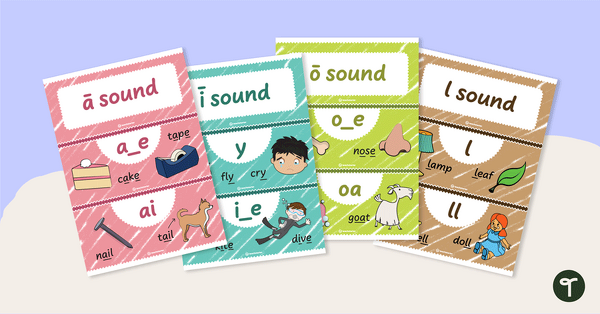
Phonics Sound Wall Display
Build a classroom sound wall to match your phonics programs and literacy progressions with a printable sound wall display.
- Free Plan
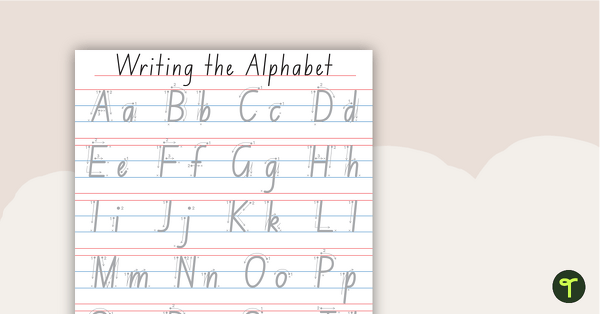
Writing the Alphabet Chart - Tracing
A chart to assist students when learning how to form letters.
- Plus Plan
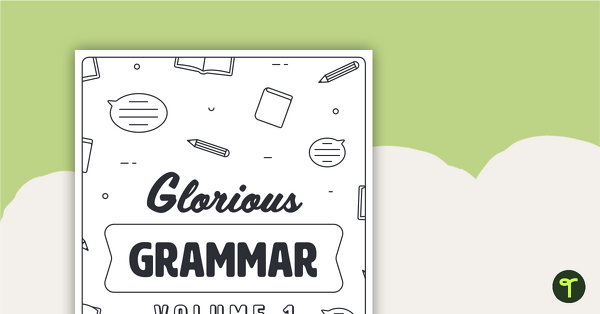
Glorious Grammar (Early Years) Volume 1 – Worksheet Book
A workbook packed with 50 grammar activities for younger years.
- Plus Plan
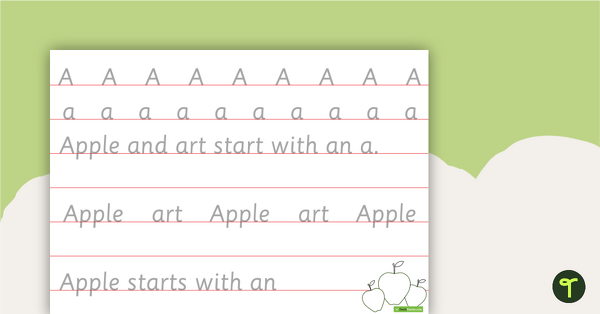
Alphabet Handwriting Sheets - Individual
Handwriting sheets for each letter of the alphabet.
- Plus Plan
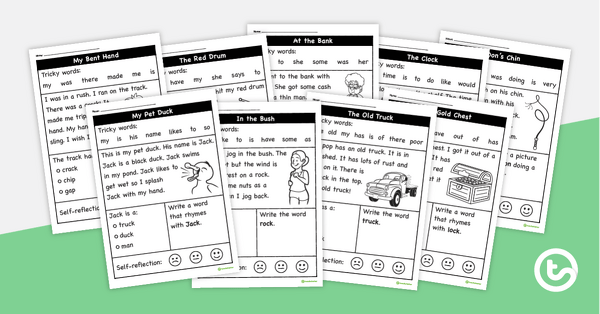
Decodable Text Worksheets – Common Consonant Digraphs (Set 2)
A set of 10 decodable text worksheets for early readers.
- Plus Plan
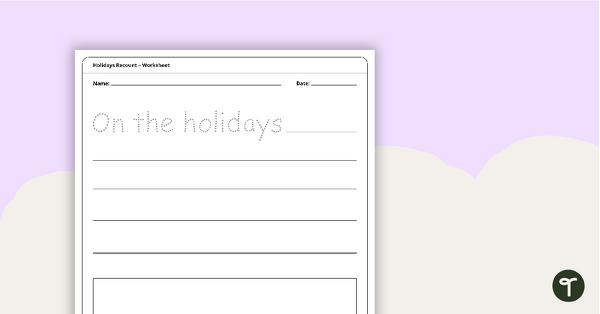
Holiday Recount Worksheet
A worksheet for younger students to use when writing a holiday recount.
- Free Plan
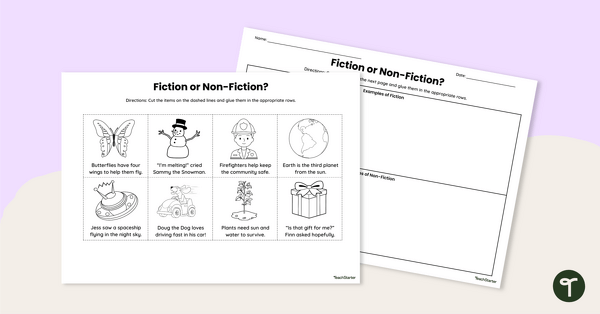
Fiction or Non-Fiction? Cut and Paste Worksheet
Use this fiction and non-fiction worksheet when teaching your students about the differences between fiction and non-fiction texts.
- Plus Plan
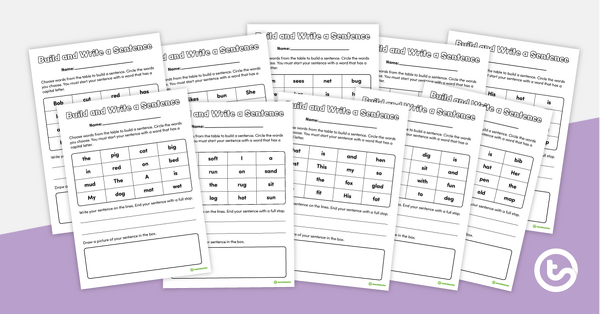
Build and Write a Sentence – Worksheets
A set of 10 worksheets to enable students to practise building and writing sentences.
- Plus Plan
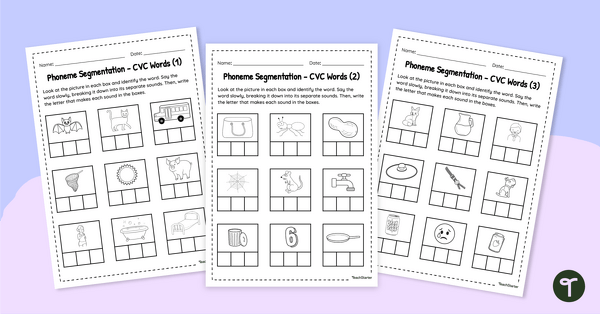
Phoneme Segmentation Worksheets - CVC Words
Use this worksheet pack to give students practice at segmenting words into phonemes.
- Free Plan

Speaking and Listening Activities Task Cards
A set of 13 cards with instructions for speaking and listening activities.
- Plus Plan
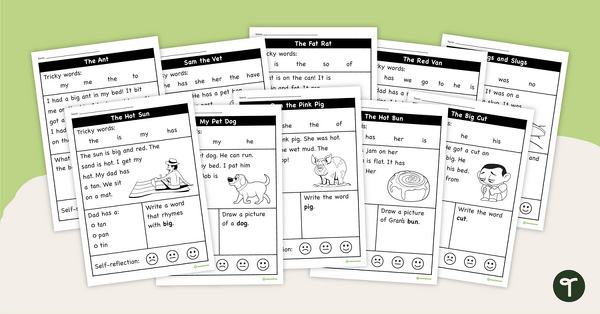
Decodable Text Worksheets - Single Graphemes (Set 1)
A set of 10 decodable text worksheets for early readers.
- Plus Plan
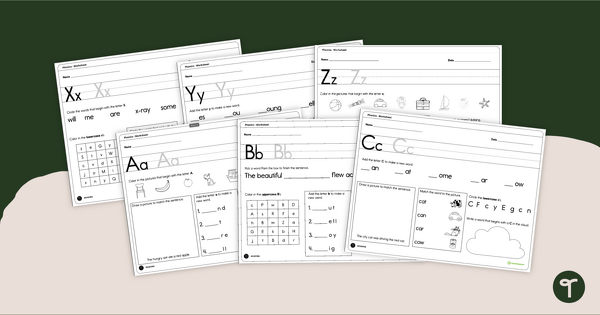
My Alphabet Book - Printable Alphabet Worksheets
An alphabet booklet to use in the classroom when learning letter recognition.
- Free Plan
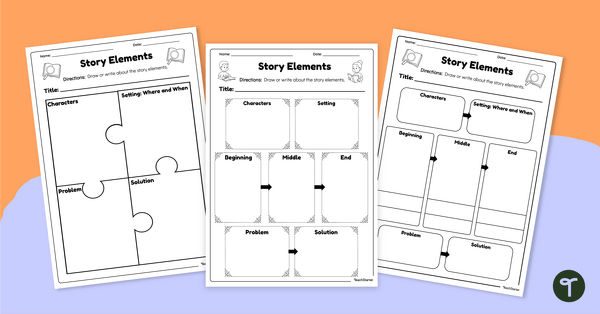
Narrative Elements Graphic Organisers – Portrait
Encourage your students to write and draw about various story elements with this set of differentiated graphic organisers.
- Plus Plan
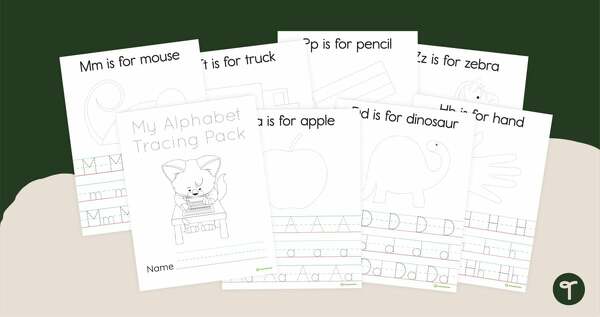
Free Letter Tracing Worksheets - State Fonts
Use letter tracing worksheets to help your students develop their handwriting and fine motor skills.
- Plus Plan
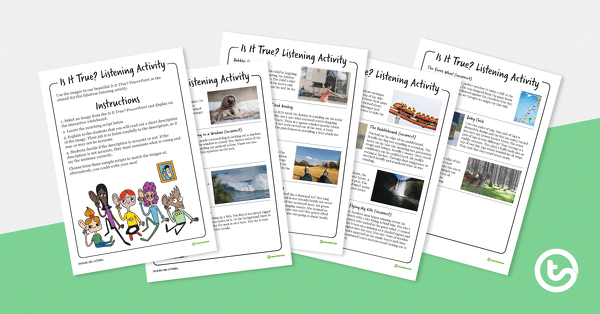
Is It True? Listening Activity
A PowerPoint including 15 images to use as prompts for a listening activity.
- Plus Plan
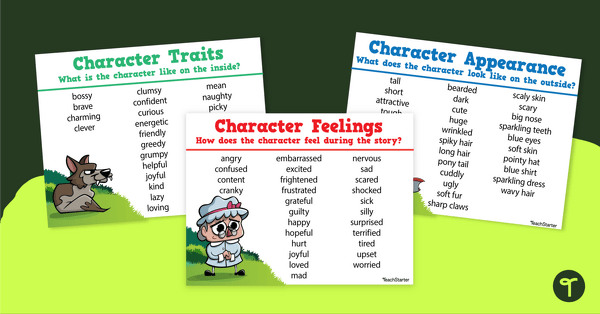
Character Traits, Feelings and Appearance - Posters
A set of 3 posters depicting words and phrases that can be used to describe a character's personality, feelings and appearance.
- Plus Plan
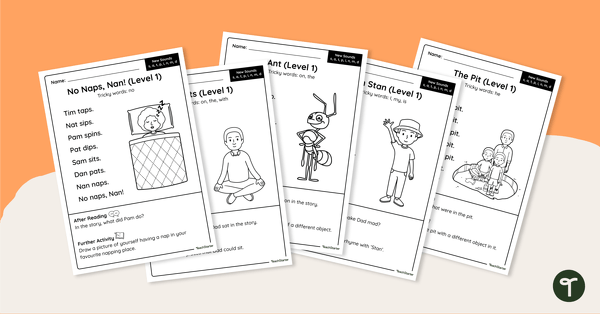
Level 1 Decodable Readers - Worksheet Pack
A set of one-pager worksheet versions of the texts from our Level 1 decodable readers.
- Plus Plan
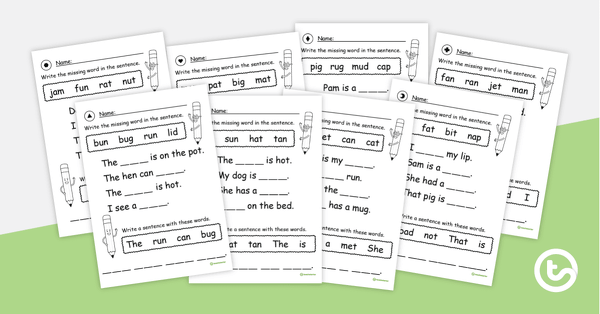
Complete the Sentences – Worksheets for Beginning Writers
A set of 10 worksheets for students to practise completing simple sentences.
- Plus Plan

Making Sentences – Cut and Paste Worksheets
A set of 10 cut and paste worksheets for making short sentences.
- Plus Plan
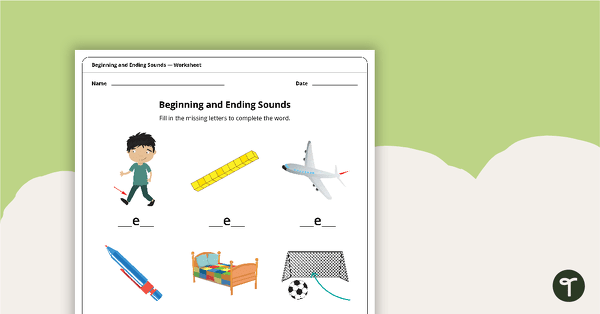
CVC Beginning and Ending Letters Worksheet Pack
Practise identifying missing beginning and ending sounds and letters in this set of 10 CVC worksheets.
- Plus Plan
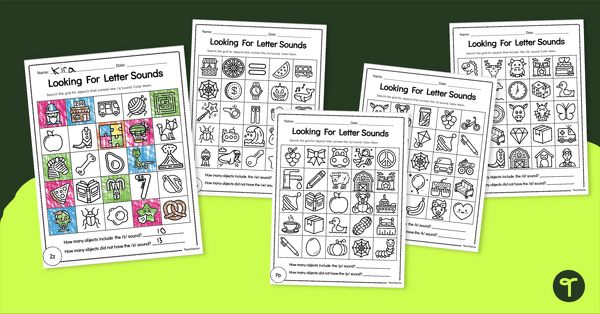
Letter Sound Worksheets - Initial, Medial, and Final Positions
Practise isolating initial, medial, and final letter sounds with a fun set of Letter Sound Worksheets for Year 1.
- Plus Plan
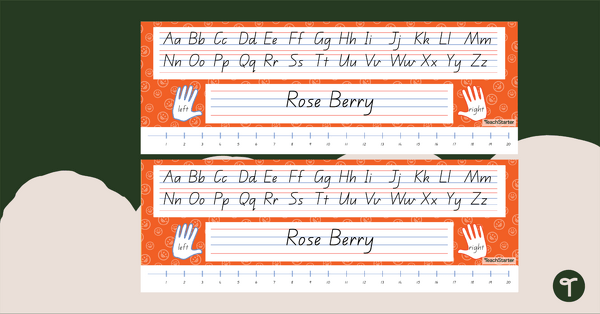
Orange Emoji-Themed Editable Desk Name Plate
Help your students feel at home on the first day of a new school year with these customisable desk name plates to match your classroom theme.
- Plus Plan
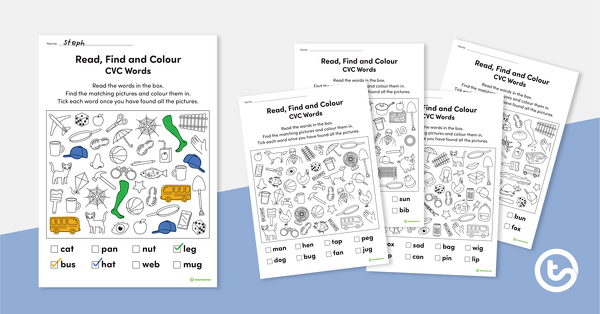
Read, Find and Colour – CVC Words
Consolidate your students' decoding skills with this set of search and find worksheets.
- Plus Plan
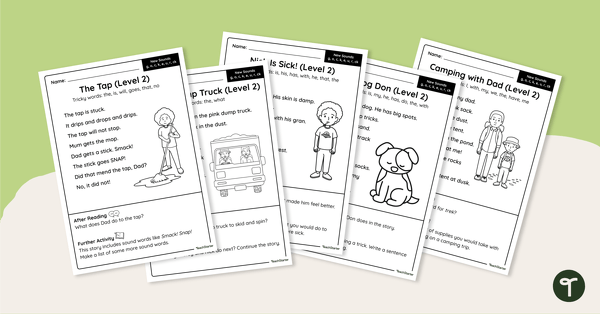
Level 2 Decodable Readers - Worksheet Pack
A set of one-pager worksheet versions of the texts from our Level 2 decodable readers.
- Plus Plan
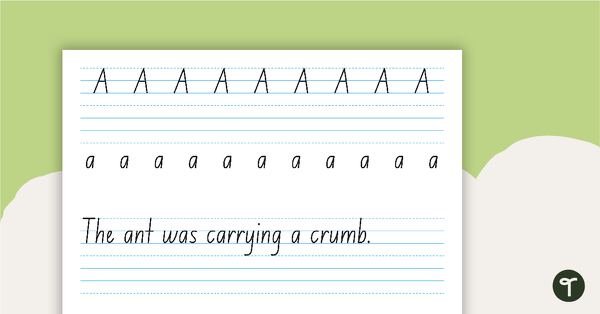
A to Z Handwriting Sheets with Upper and Lower Case Letters and Examples
A set of 26 A to Z handwriting sheets with upper and lower case letters and examples.
- Plus Plan
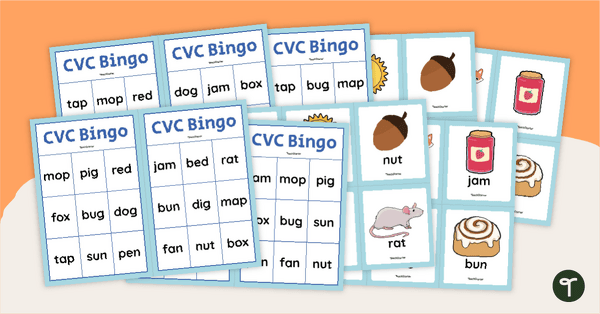
CVC Words Bingo Game
Practise decoding simple CVC words with this set of printable Bingo boards.
- Plus Plan
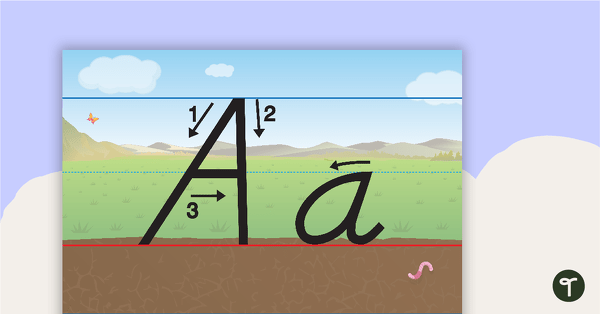
Handwriting Posters - Dirt, Grass and Sky Background With Arrows
Handwriting posters using a dirt, grass and sky background with arrows.
- Plus Plan
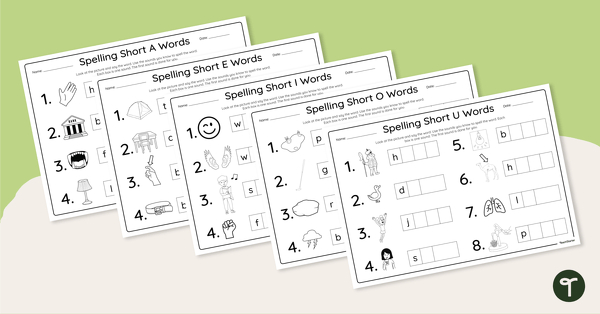
Spelling CVCC Words - Worksheets
Develop students’ ability to segment and blend the sounds in CVCC words with this set of differentiated worksheets.
- Plus Plan
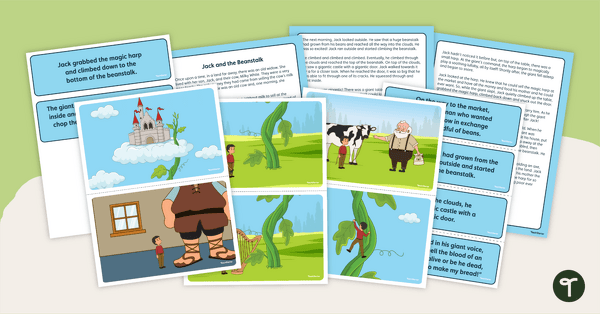
Jack and the Beanstalk Retelling Activity Cards
Teach your students about retelling with this set of sequencing cards for Jack and the Beanstalk.
- Plus Plan
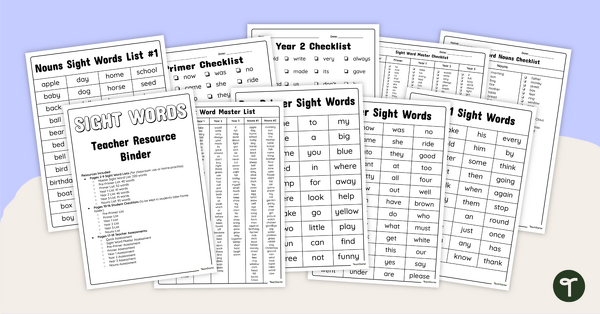
Sight Word Lists – Teacher Resource Binder
Use this collection of checklists, student pages and quick-check assessments when reviewing Dolch sight words spanning from pre-primer to year 3.
- Free Plan
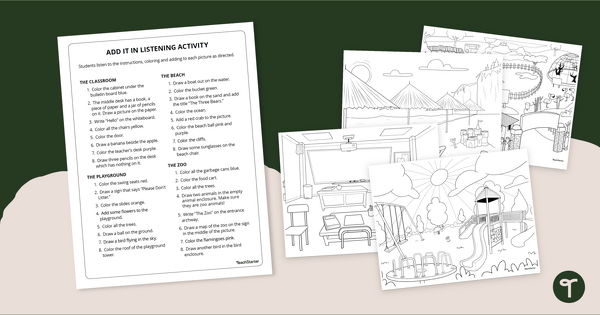
Add It In Listening Activity Bundle
Practise following directions to colour and draw pictures with a free printable listening activity worksheet pack.